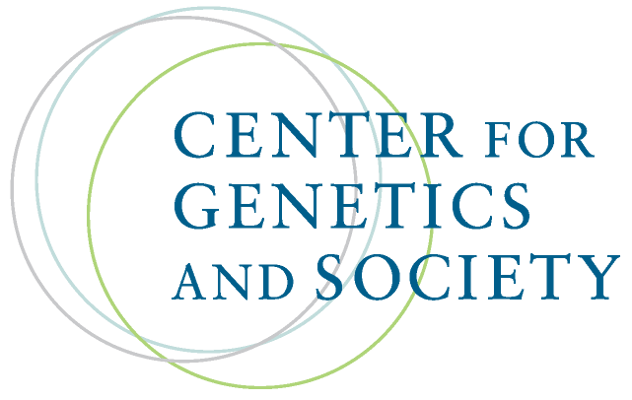On the popular Chinese social media platform Xiaohongshu, also known as RedNote, an account called “Georgia Notes” (@格鲁吉亚小纸条) offers tips and advice to Chinese nationals planning a trip to the Republic of Georgia. In one post...
Aggregated News
THERE wasn’t much to being an anonymous sperm donor in the 1970s and ‘80s. You showed up, signed the papers, supplied the goods, and moved on.
Some men were motivated by altruism, by how their simple act could bring a lifetime of joy to a childless couple. Others were keen for a quick buck — the going rate back then was $10 per cup of healthy semen.
Whatever made them do it, thousands of Australian men did, secure in the knowledge they would remain completely anonymous.
“It was out of sight, out of mind,” donor Ian Smith told news.com.au
“We got the strong sense that we would forget this and I think the doctors were keen that we didn’t think too much about the fact we were actually creating babies.”
Mr Smith was single and in his early thirties when he donated, out of altruism, at Melbourne’s Prince Henry’s Hospital (now Monash Medical Centre) in the late 1980s. He never questioned it, he said. His life carried on, he had two children of his own, and thought little...



